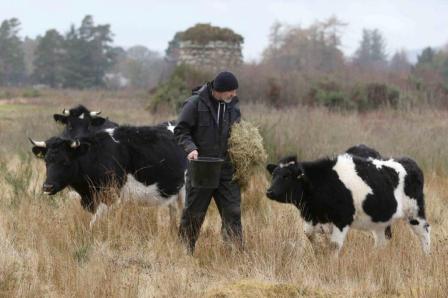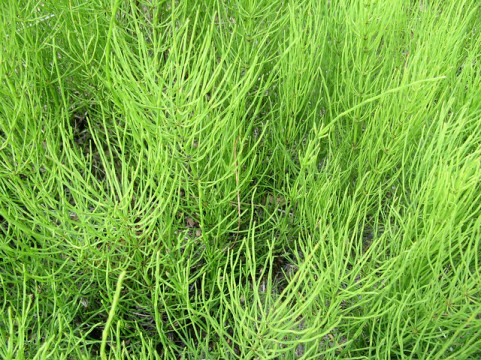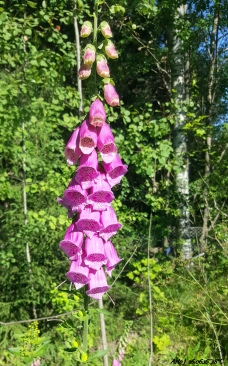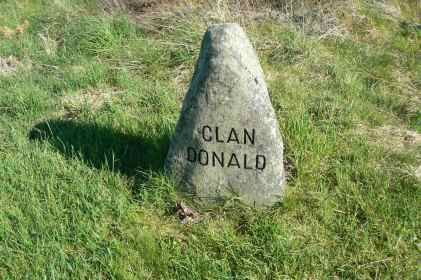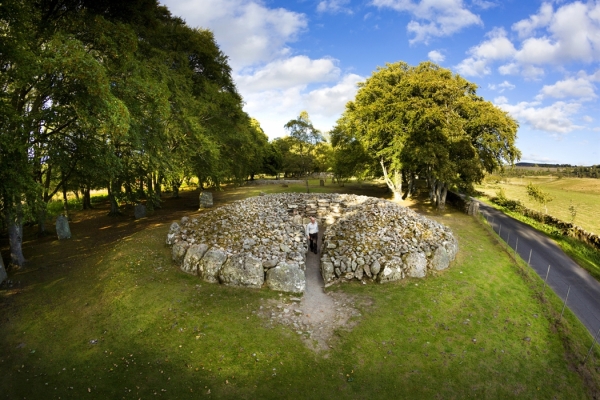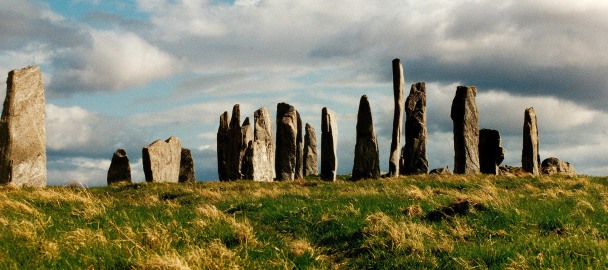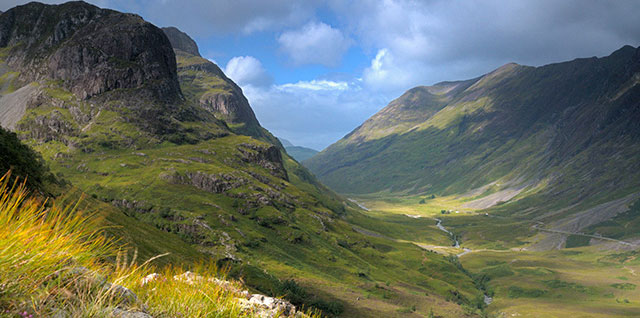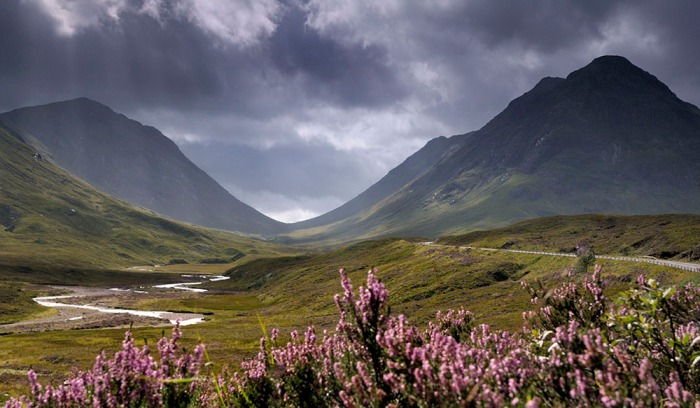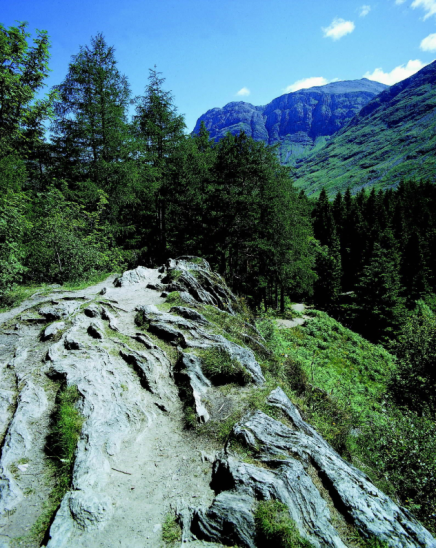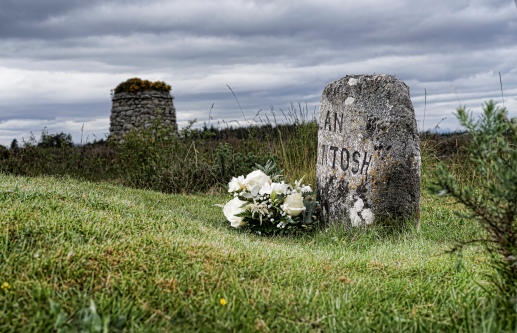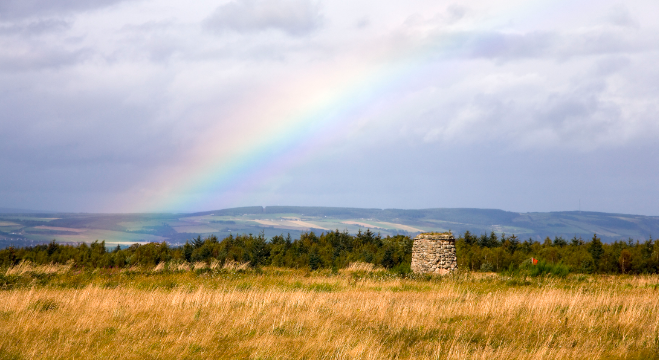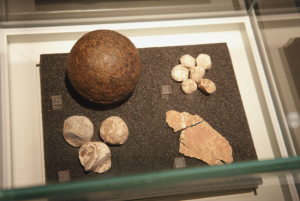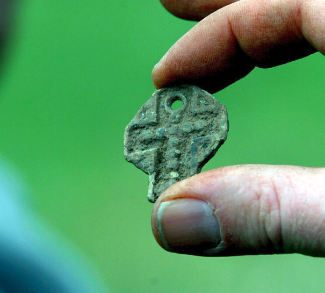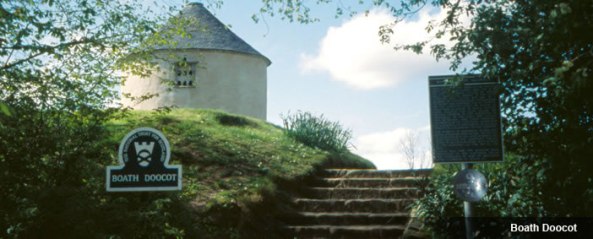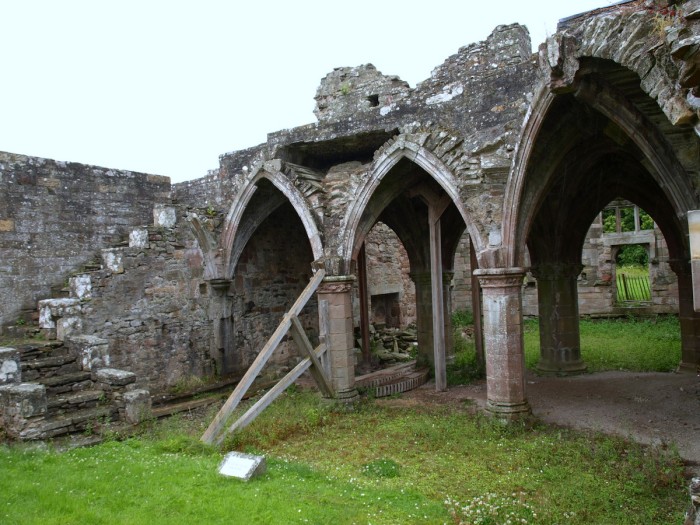In previous blog posts, we have featured a variety of creatures from Scottish folklore, as well as a couple of legends, such as the tale of King Robert the Bruce and the spider. Today’s post is about another mythological creature, along with the legends behind Scotland’s flag and national flower.

Ceasg
Also known in Gaelic as maighdean na tuinne (maid of the wave) or maighdean mhara (maid of the sea), the ceasg is said to have the upper half of a beautiful woman and the tail of a salmon. Found in the sea, as well as rivers and streams, the ceasg has the ability to grant three wishes if she is captured. Often she will marry a human man (in some versions of the legend the man has been promised to the ceasg), and any sons they have are destined to become fantastic sailors. Eventually, though, the water calls the ceasg back. As a form of mermaid, there are malevolent tales associated with the ceasg. She will sometimes swallow the man whole (or his wife if he is already married), and it takes the destruction of the ceasg’s soul (kept apart in a magical object, often an egg), to stop her and return the person to safety.
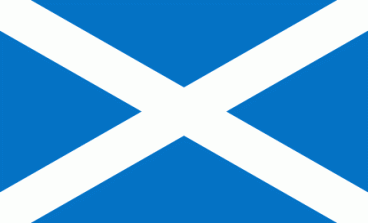
The Saltire
Scotland’s flag is a white diagonal cross on a blue background. There are claims that the Saltire is the longest continuously-used national flag in the world, a claim also held by several other countries’ flags, such as Denmark’s. However long it has been in use, its origins are closely associated with Saint Andrew, Scotland’s Saint; another name for the Saltire is St Andrew’s Cross. The legend is that Andrew, who had been one of Jesus’s disciples, was crucified in Greece, but feeling too unworthy to have the same manner of death as Jesus, Andrew asked for the cross to be rotated so that it resembled an ‘X’. In tradition, the appearance of Andrew’s cross in the sky (clouds = white and sky = blue) in the 9th century spurred the Scots to victory in battle, and from that moment it became linked with Scotland.
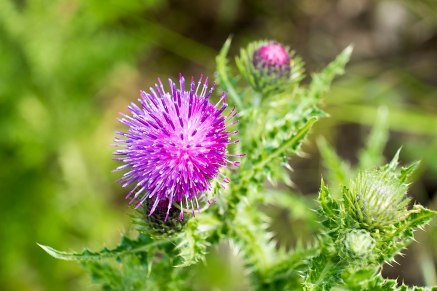
The Thistle
The thistle has been a national emblem of Scotland for centuries. There is a legend that in a planned attack upon the Scottish army (perhaps the 13th century Battle of Largs), a bare-footed Norseman stepped on a thistle, cried out and, consequently, alerted the Scottish. The spear thistle is thought to have been the species referred to, being abundant in the country at the time, though others, including the musk thistle and the melancholy thistle, are also contenders. According to the legend, it is this incident that lead to Scotland adopting the thistle as an important national symbol. Associated with it in official use is the Latin phrase Nemo me impune lacessit, which translates to “no one provokes me with impunity.”
We hope you enjoyed this short eclectic post. As always please like, share, comment and tweet.
All the best, The Culloden Team
